As an academic myself, I always enjoy learning from reliable sources and what I consider to be authorities in a field. I've given my life to photography, my greatest passion and love, so basically I always connect stuff with photography.
Learning about photography is one of the most pleasant things for me, and after 10 years of walking with my camera, there is a lot still left for me to know.
Among many other institutions, collectives and photographers, Magnum Photos has been a huge source of inspiration and knowledge for me. Approaching the end of 2018, they decided to launch a new platform that could be a sustainability experiment or not. Frankly, I hope they continue with this project which they called Magnum Learn.
Today I want to share with you my very own and personal opinion about this course that is called “The Art of Street Photography“. I rarely (if not ever) read reviews or comments about certain stuff like movies, books, podcasts or series. These sort of courses often get reviews online, so I didn't read any, it was Magnum, and I was in for it.
I'm telling you this before starting to give my own opinion on the course because I just remembered the online course from Annie Leibovitz that many criticized.
People were expecting to take images like hers simply from that course, and that was obviously something that was not going to happen at all. Therefore, you won't become a Magnum photographer or a highly successful street photographer from watching this course.
This is a course designed to think and inspire, not to train or program you into a brilliant photographer in no time.
The course starts with a pretty disruptive statement by Chris Boot, and it is the only quote I will share with you from the course:
“It's often assumed that the Magnum tradition is about subject matter. That it's always driven to tell stories about the world and communicates issues that interests and concern them. But really what the Magnum tradition is about is compelling pictures. They are picture makers.”
This was amazing for me because this is definitely a side that I wasn't seeing from the Agency, and that idea shortened the distance between me and the reverence I'd held for Magum.
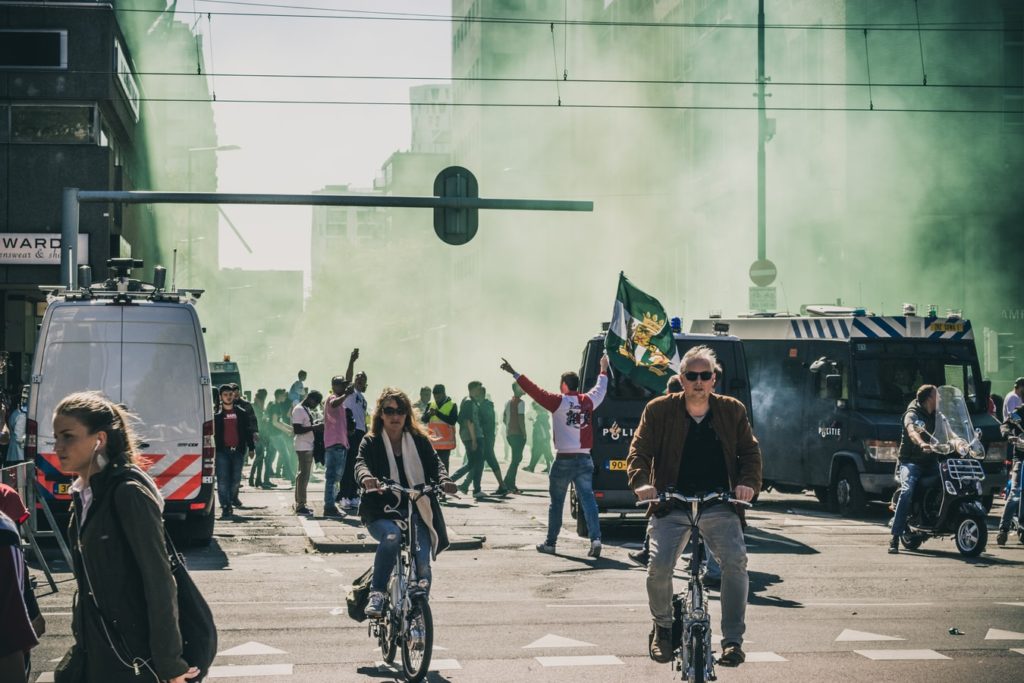
The course divides into the following 10 fantastic lessons or topics:
The Street and The Decisive Moment
Magnum + Street Photography = Henri Cartier-Bresson. This was the only thing that I saw coming, something related to HCB. Here the lesson revolves around defining Street Photography, something extremely complex even for all these photographers.
It is amazing how each and everyone had a completely different concept about street photography, and that honestly, was a relief for me. I define street photography as my personal approach towards everyday happenings that deserve to be seen by the society around them.
There is a lot said and even preached about the Decisive Moment, and oh boy, you've been having it wrong. Agnès Sire is the artistic director of the Henri Cartier-Bresson Foundation in Paris, and she explains a lot of enlightening things about this phrase that sounds really nice but hides a deeper meaning.
Hitting the Street
Hitting the streets is something all photographers in love with capturing the streets do. It might be a single street or several places, it doesn't matter, what really counts is to get out there and shooting.
Here you'll see how all the photographers selected for this course face the street, and you'll understand why everyone has a different concept of street photography. In the end, it is a personal thing, and we must never forget that.
In Focus – Bruce Gilden
You might like his photos or not, and it doesn't really matter because he takes the photos that fulfil him. And that is what you'll get in this episode, a very intimate moment with his way of seeing the streets and taking the photos that make him feel good. There will never be another Bruce Gilden, but the point here is not to replicate his style, it is to listen to a crazy man that is in love with what he does.
Here he shares advice and even some of the influences that he had when he started out. You will be definitely surprised by them if you already know his iconic style. Gilden has a reputation for his approach to photographing people, and after 45 years of doing it, it is nice to hear him talk so fiercely about street photography.
Framing the Unexpected
I've talked about framing in photography before. Framing is for me the area within a scene that lives forever. It is defined by the boundaries that we decide as photographers, and in street photography, this happens really fast. Here the lecturers discuss the act of deciding what will and what won't be included in a frame. They talk about patience and even being able to react in no-time.
In Focus – Martin Parr
Martin Parr has been chronicling and documenting society in a way that clearly reflects the aforementioned quote by Boot. For me, he is a master of documenting leisure and even the kitsch side of society. In this lesson, he shares with us his methods and even his editing process. Having access to such information and insight is priceless, and is worth every penny (the course costs $99).
Photographing People
Street photography has been almost a synonym of documenting people or society in urban or rural scenarios. Here the lecturers talk about the challenges and joys that come with photographing people in their natural “habitat”. And well, beyond talking about what it means to them to photograph people, they also share some of their best techniques for approaching strangers both candidly and extremely obviously. Here you also can understand how certain interactions with strangers can go beyond mere street shots.
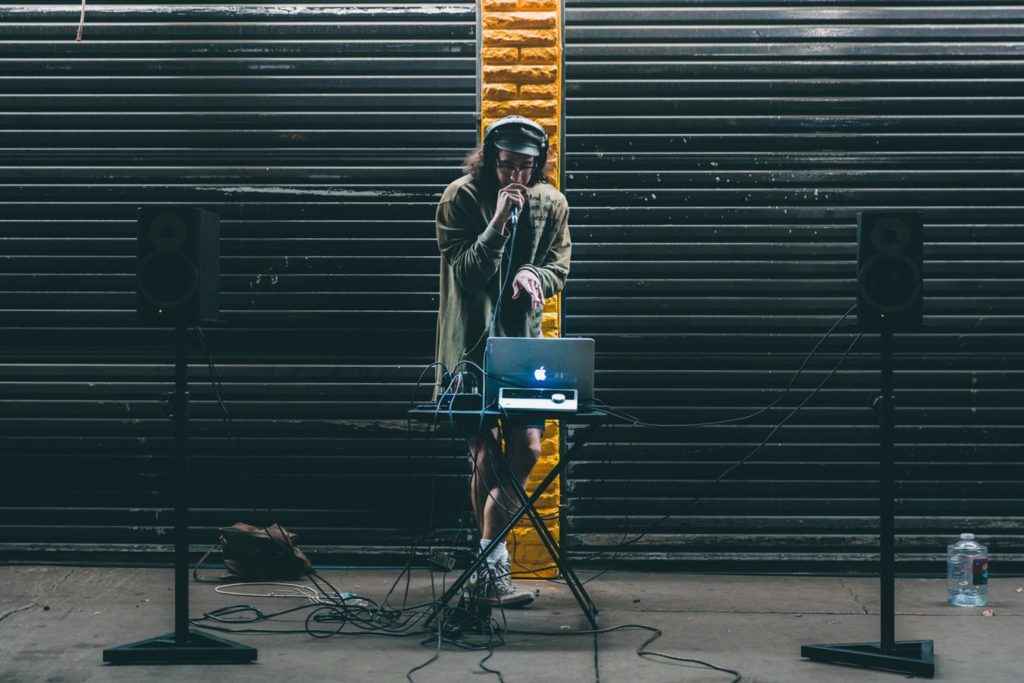
In Focus – Peter van Agtmael
Peter van Agtmael is perhaps the youngest of the photographers in this course, he works across different subjects and topics, from street to some really harsh global conflicts. Here he shares with us his approach to people on the streets, and you'll be really surprised at how he sees street photography.
Alternative Approaches – Mark Power
Mark Power really blew my mind – in a good way. He approaches street with a very different tool, a 5×4 technical camera with a medium format back attached to it. Here we are able to see a consistent photographer working at a really slow pace, and it is amazing to see how easily he can turn simple elements in the urban scenarios into amazing images.
Editing – Creating Order out of Chaos
Alright, here is where the true magic of the course happens. After 10 years of documenting the streets, this really got me thinking. The editing process (which is not to be confused with post-processing) is the most important stage for a photographer after mastering the tool. Here is where the role of philosophy blooms as well, and for me is the main reason why you should invest (if not indulge yourselves) in this course.
Here the photographers talk about how they approach the editing stage of their workflow, but if you want to get an even deeper experience in this facet, I really recommend this fantastic book. Iconic images are not a product of serendipity, they are a product of a conscientious editing process.
Presenting Your Photography
In the last episode of this fantastic course, there was some insightful advice and guidance on building not only a portfolio or body of work but an interesting look into why we need to do it. In this point in history, where we are flooded by images online, learning how to present our work is fundamental indeed.
So, Why Art?
We see the world with a unique perspective, built from the sum of our interests, traditions, philosophy, ideas, influences and maturity. As long as we are able to see inside ourselves, we are able to see the world more clearly.
The art of street photography is about being able to replicate with our cameras the way we see life surrounding us.
The course is at some points poetic, because it is like photography itself, and I'm very sure that the people at Magnum haven't noticed the beautiful metaphor they've created here.
The course is extremely quick, in total it is exactly 165 minutes long, or 2h45m. That is indeed a pretty swift course, and that's why I think it is poetic. The act of taking a picture is extremely fast, it is what happens after that which makes it absolutely meaningful.
And this course is exactly the same, it is what you get by reading at a slow pace the PDFs of each episode (which are basically transcripts, photos and quotes from each lecture) and the further readings are what makes it nurturing for someone like me.
Revisiting the videos, embracing the assignments and looking at those photographers work is where the true magic happens.
You won't become a better photographer simply by watching the videos and reading the texts, you have to allow yourselves to be inspired but what these people have to share with us.
BTW if anyone at Magnum reads this, please consider making a course on Contact Sheets!!!
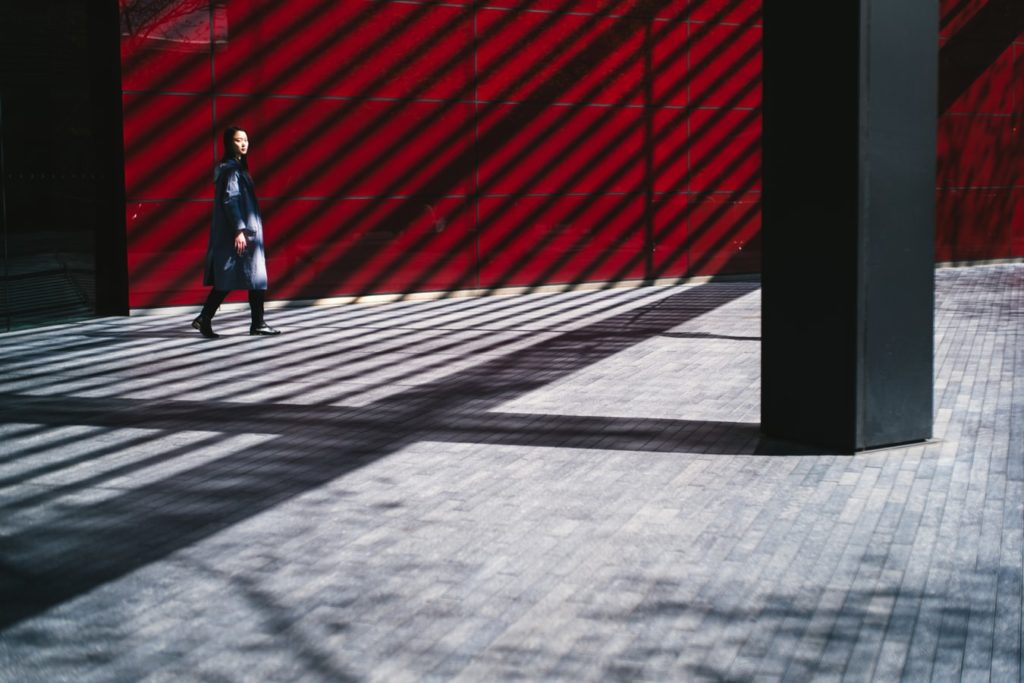
These are the people (mainly photographers) that built the philosophical discourse that you can witness by taking this course:
- Pauline Vermare
- Carolyn Drake
- Richard Kalvar
- Mark Power
- Bruce Gilden
- Martin Parr
- Agnès Sire
- Peter van Agtmael
- Susan Meiselas
- Chris Boot
It is worth your time! If you've taken this course, we'd love to hear your thoughts in the comments below. Also, if there are any other courses that you love and have been inspired by, definitely feel free to share.




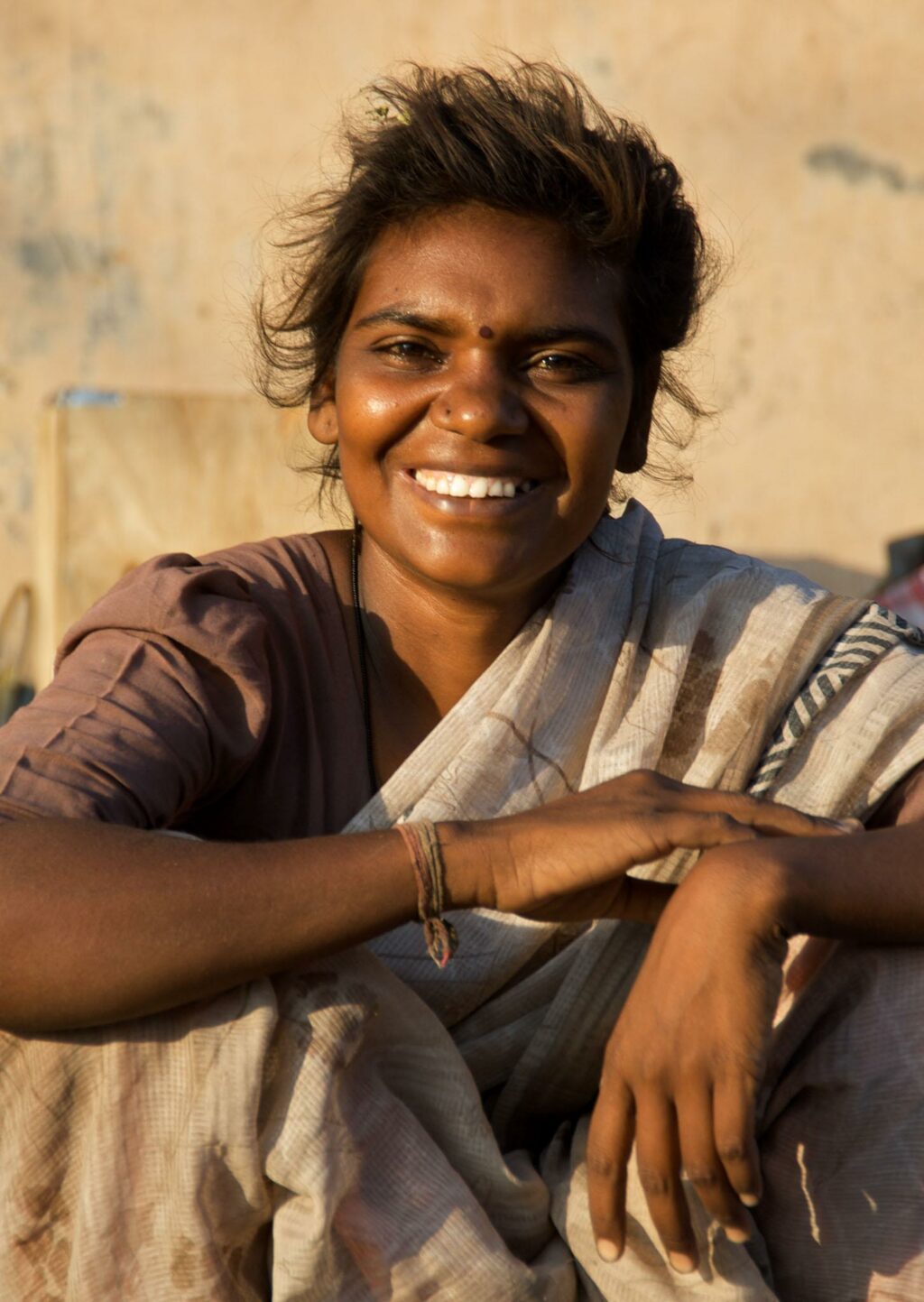

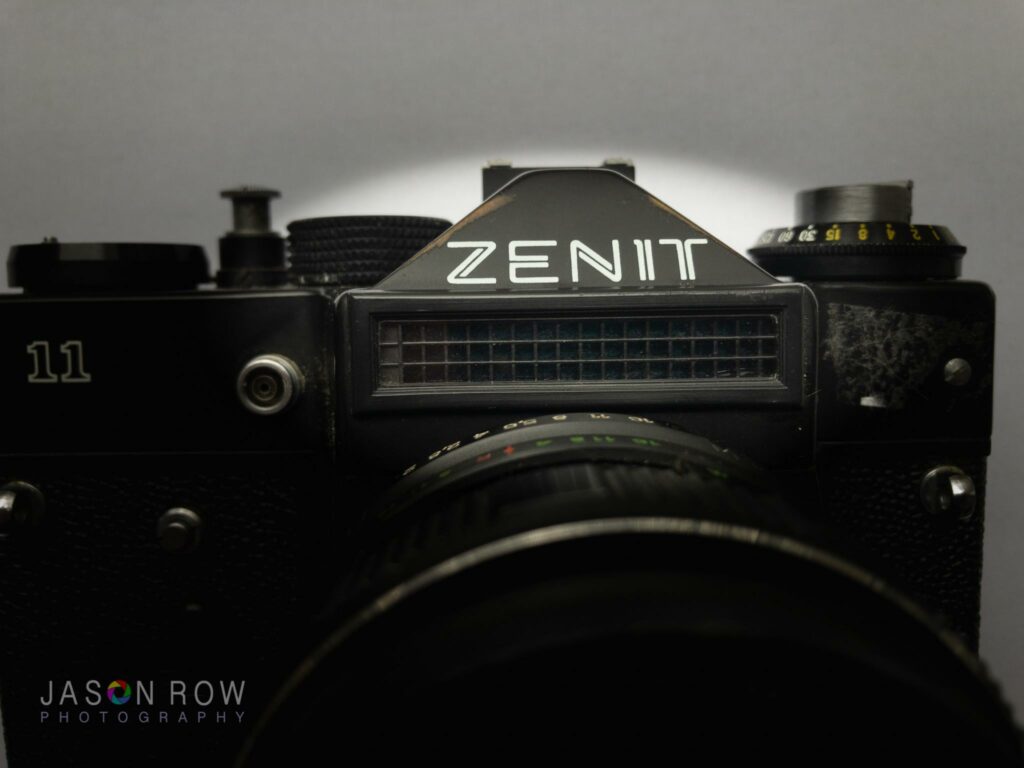
3 Comments
Thanks for this! I’ve been thinking about getting this course and your thoughts on it have convinced me to give it a go. Looking forward to it!
Hi, I did the course the minute it was released for about the same reasons you had. Agree with most of your writing, although sometimes it felt a bit like a Magnum advertorial movie and slightly over-dramatized (think you defined this as Poetic?), but that can be a personal impression.
Overall, very inspiring indeed. For me it strengthened my idea that there is no right or wrong in the approach of streetphotography, although I sometimes have the urge to separate streetphotography from documentary slightly better, where the latter is always based on a certain predefined message, matter or event and streetphotography should be more on instinct and working the street. Within Magnum you see the struggle here a bit as well, but again, very comforting to know.
Did it make me a better photographer (hence it’s called a course, so it should, implicitly ;-)? Perhaps not directly and not instantly. It did however brought me comfort, inspiration and faith in my own view on the matter, because, as mentioned earlier, it teaches me far most that there is no right way, so yours or mine is also as good as any.
It also shows that Streetphotography is always hard work. People underestimate sometimes the massive effort these top-magnum photographers make, hours and hours on the street, shooting till they drop, curating and selecting their own work is indeed the most important stage in their workflow, not so much the post-editing (did indeed also went through the book you’re referencing to, and indeed it shows also in the early analogue days the contactsheet-selections where massive).
Again, comforting to know and confirmed by all in this course, they (Magnum photographers) have this massive failure-rate in their work, as HCB told us already: It’s seldom you make a great picture. you have to milk the cow quite a lot to get plenty of milk to make a little cheese. (pieuwww, what a relief, for only one very modest shot I sometimes need thousands of photo’s and multiple days walking the streets, glad that’s kinda normal)
So yes, worth the money for me personally but as you write as well, it’s not an instant success movie but a pleasure to watch and very motivating. Besides, there is no problem looking at it multiple times and take your time indeed to get inspired, they say a lot in those 165 minutes on the other hand, for a “165 minute movie” it is rather high priced.
I bought this course about a week ago but have been unable to access its content as yet and cannot reach the relevant Magnum department. If anyone can help me please let me know.